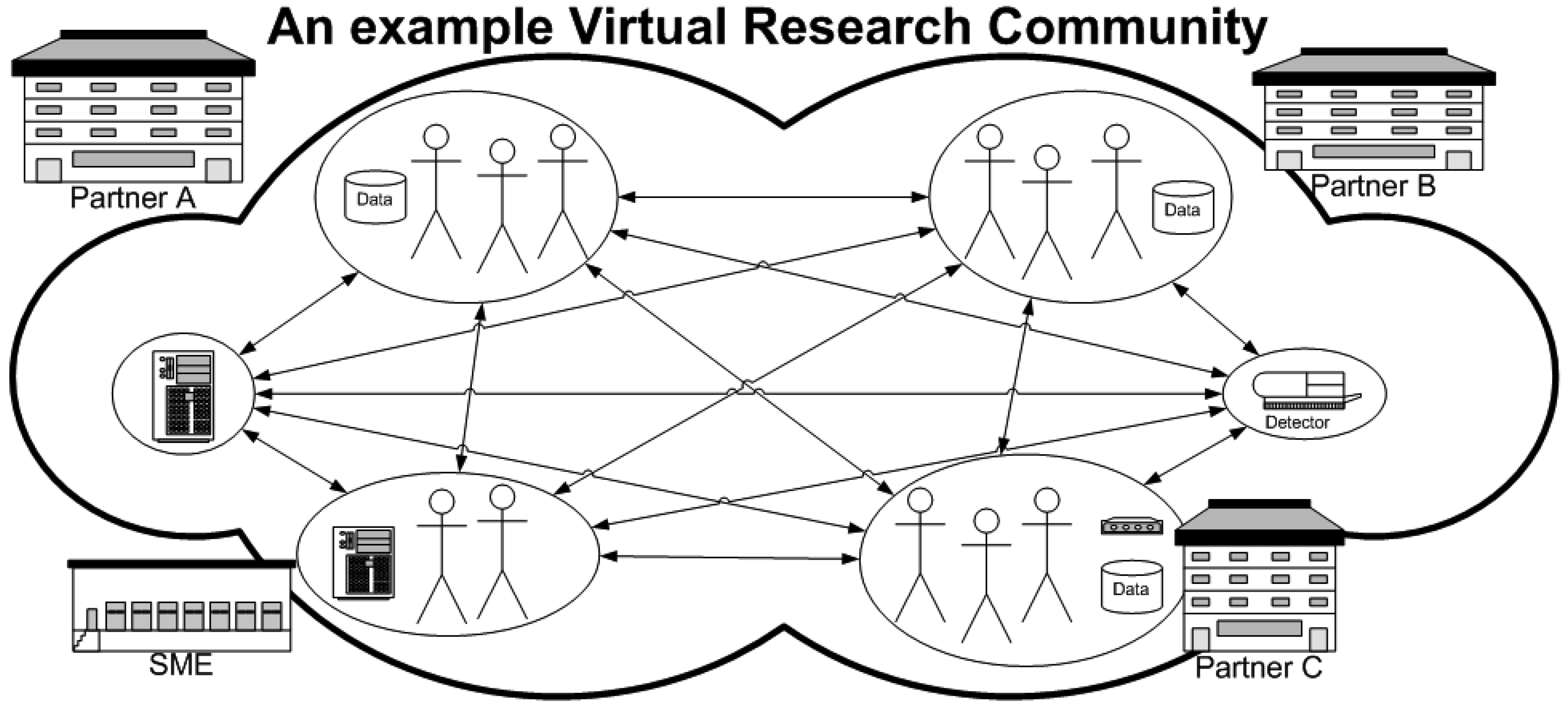

The Ost1p subunit of yeast oligosaccharyl transferase recognizes the peptide glycosylation site sequence, -Asn-X-Ser/Thr. Sulfhydryl modification of the yeast Wbp1p inhibits oligosaccharyl transferase activity. Structural basis for the function of a minimembrane protein subunit of yeast oligosaccharyltransferase. Solution structure of a human minimembrane protein Ost4, a subunit of the oligosaccharyltransferase complex. Structural basis of substrate specificity of human oligosaccharyl transferase subunit N33/Tusc3 and its role in regulating protein N-glycosylation. Oxidoreductase activity of oligosaccharyltransferase subunits Ost3p and Ost6p defines site-specific glycosylation efficiency. Cotranslational and posttranslocational N-glycosylation of proteins in the endoplasmic reticulum.

Two oligosaccharyl transferase complexes exist in yeast and associate with two different translocons. An evolving view of the eukaryotic oligosaccharyltransferase. X-ray structure of a bacterial oligosaccharyltransferase. Lizak, C., Gerber, S., Numao, S., Aebi, M. Molecular basis of lipid-linked oligosaccharide recognition and processing by bacterial oligosaccharyltransferase. Crystal structures of an archaeal oligosaccharyltransferase provide insights into the catalytic cycle of N-linked protein glycosylation. Tethering an N-glycosylation sequon-containing peptide creates a catalytically competent oligosaccharyltransferase complex. Matsumoto, S., Taguchi, Y., Shimada, A., Igura, M. Protein glycosylation in bacteria: sweeter than ever. Congenital disorders of glycosylation: a concise chart of glycocalyx dysfunction. On the frequency of protein glycosylation, as deduced from analysis of the SWISS-PROT database. Roles of N-linked glycans in the endoplasmic reticulum. Assembly of asparagine-linked oligosaccharides. Oligosaccharyltransferase: the central enzyme of N-linked protein glycosylation. Oligosaccharyl transferase: gatekeeper to the secretory pathway. N-linked glycosylation and homeostasis of the endoplasmic reticulum. The expanding horizons of asparagine-linked glycosylation. The structure provides insights into co-translational protein N-glycosylation, and may facilitate the development of small-molecule inhibitors that target this process. Ost3 was found to mediate the OST–Sec61 translocon interface, funnelling the acceptor peptide towards the OST catalytic site as the nascent peptide emerges from the translocon. We found that seven phospholipids mediate many of the inter-subunit interactions, and an Stt3 N-glycan mediates interactions with Wbp1 and Swp1 in the lumen. Here we report a 3.5 Å resolution cryo-electron microscopy structure of the Saccharomyces cerevisiae OST complex, revealing the structures of subunits Ost1–Ost5, Stt3, Wbp1 and Swp1. Our understanding of eukaryotic protein N-glycosylation has been limited owing to the lack of high-resolution structures. The reaction is catalysed by an eight-protein oligosaccharyltransferase (OST) complex that is embedded in the endoplasmic reticulum membrane. N-glycosylation is a ubiquitous modification of eukaryotic secretory and membrane-bound proteins about 90% of glycoproteins are N-glycosylated.


 0 kommentar(er)
0 kommentar(er)
